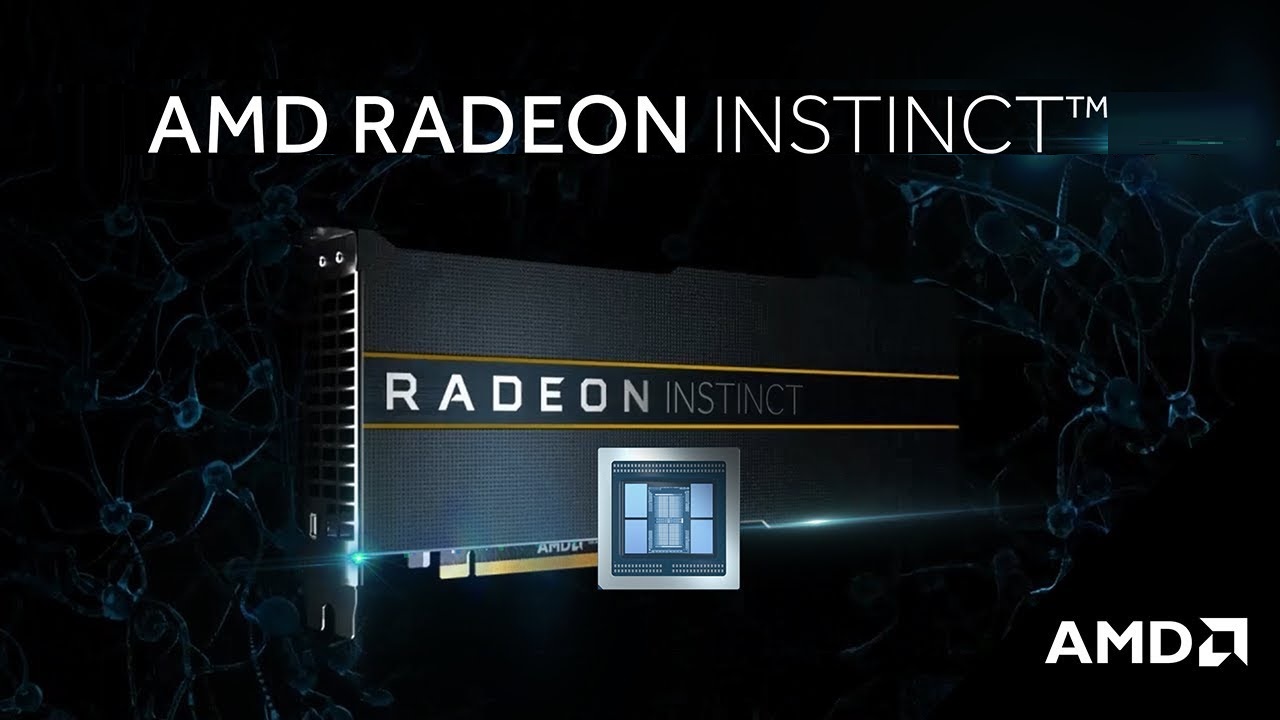- Joined
- Nov 3, 2011
- Messages
- 701 (0.14/day)
- Location
- Australia
| System Name | Eula |
|---|---|
| Processor | AMD Ryzen 9 7950X |
| Motherboard | MSI MPG B850 Edge Ti WiFi |
| Cooling | Corsair H150i Elite LCD XT White |
| Memory | Trident Z5 Neo RGB DDR5-6000 CL32-38-38-96 1.40V 64GB (2x32GB) AMD EXPO F5-6000J3238G32GX2-TZ5NR |
| Video Card(s) | Gigabyte GeForce RTX 4080 GAMING OC |
| Storage | Crucial P3 Plus, 4 TB NVMe, Samsung 980 Pro 2TB NVMe, Toshiba N300 10TB HDD, WDC Red Pro NAS HDD |
| Display(s) | Acer Predator X32FP 32in 160Hz 4K, Corsair Xeneon 32UHD144 32in 144 hz 4K |
| Case | Antec Constellation C8 RGB White |
| Audio Device(s) | Creative Sound Blaster Z |
| Power Supply | Corsair HX1000 Platinum 1000W |
| Mouse | SteelSeries Prime Pro Gaming Mouse |
| Keyboard | SteelSeries Apex 5 |
| Software | MS Windows 11 Pro |
Glue four RDNA shader engines from NAVI 14's shader engine, hence 96 CU.A shock for many that is has 128CUs as they couldn't get that big Navi will have even 80CUs. But AMD is on rails now with only marketing being inferior but their products are on top level. Even their latest GPU drivers for Navi arch are improved (the biggest customer problem for the last 5-6 months). Impressive feat nevertheless, especially for 200W. Big Navi now can easily become the fastest GPU with some distance while using under 300W. It seems that 7nm+ helps muchly in efficiency.
NAVI 14 shader engine has 24 CU.
NAVI 10 shader engine has 20 CU, but NAVI 10 has two shader engines.



